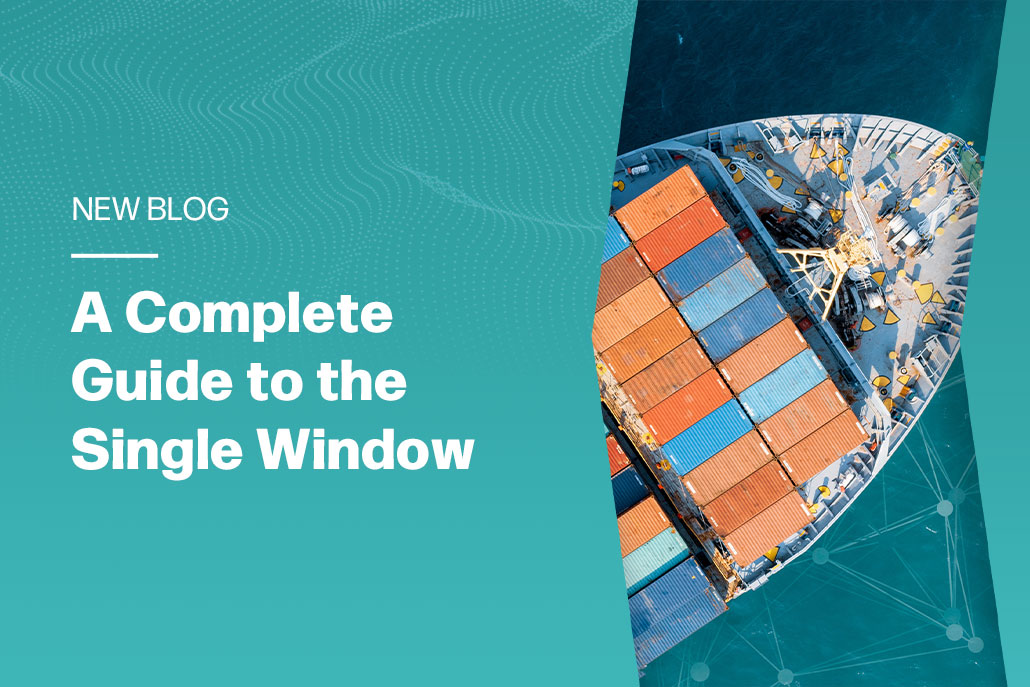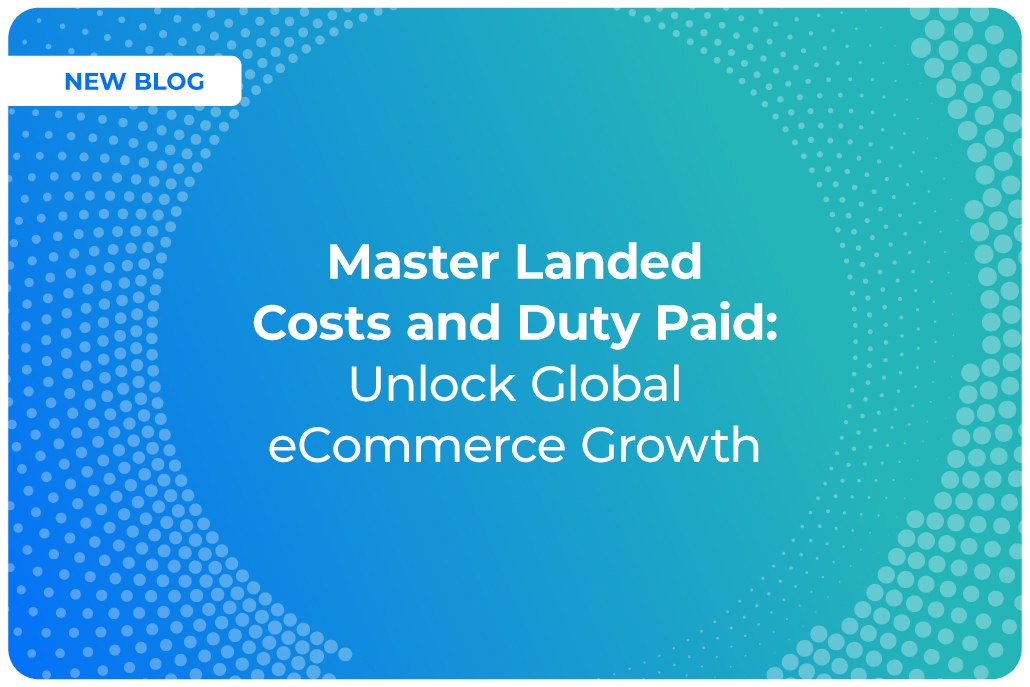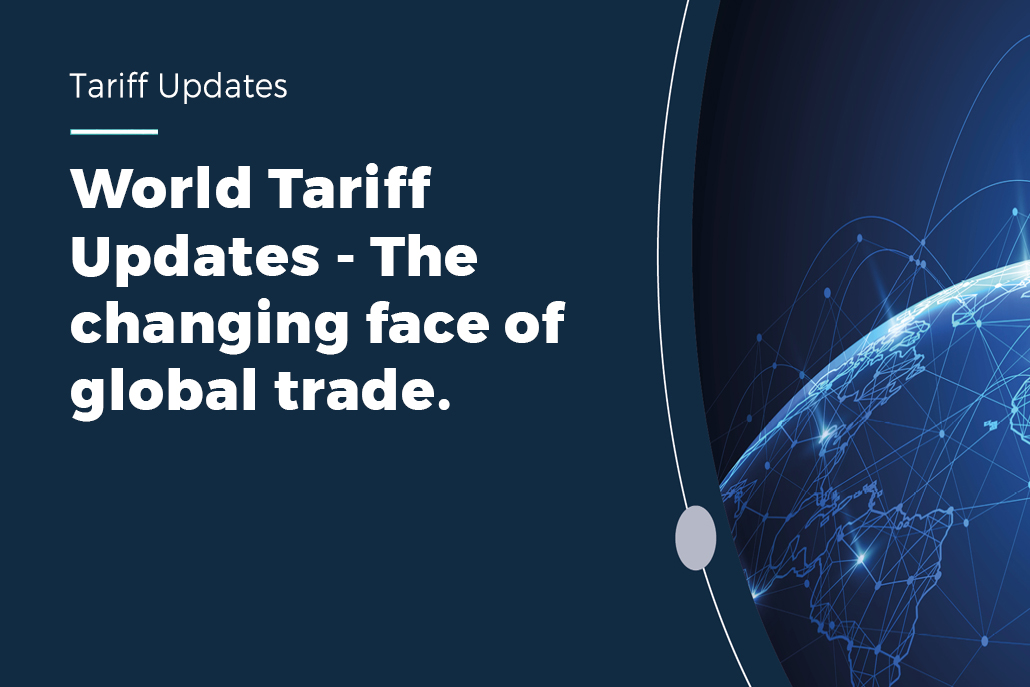In the complex world of international trade, efficiency and accuracy are paramount. Every day, millions of transactions take place across borders, involving a myriad of paperwork, regulations, and authorities. In this landscape, the concept of the Single Window emerges as a beacon of simplification and streamlining. Dating back to its inception as a global initiative, notably championed by the United Nations and the World Customs Organisation (WCO), the Single Window has gradually evolved into a fundamental aspect of modern trade facilitation.
The Single Window concept has been evolving over time and has been implemented in various countries at different stages.
What Is The Single Window?
The Single Window is a digital platform designed to streamline and simplify international trade processes. Essentially, it’s a platform or system that integrates various government agencies and stakeholders involved in trade processes, such as customs, ports, regulatory authorities, and other relevant bodies.
Traditionally, engaging in cross-border trade involved navigating a complex web of paperwork, regulations, and interactions with multiple government agencies responsible for customs clearance, inspection, taxation, and other regulatory procedures. This fragmented approach often resulted in inefficiencies, delays, and increased costs for businesses.
The Single Window seeks to address these challenges by consolidating all trade-related activities into a unified and standardised digital interface. Instead of submitting duplicate or even triplicate paperwork to various government entities, traders can now conveniently access and complete all necessary documentation through a single online platform.
Single Window Data Sharing and Usage
Within the Single Window, one of the key principles is the efficient sharing and reuse of data across different government agencies and trade stakeholders. This concept, often referred to as single window data sharing and usage, aims to maximise the value of trade-related information while minimising duplication and redundancy. Here’s how the single window data sharing works:
Unified data repository: The Single Window operates as a centralised repository where all relevant trade-related data is stored and managed. This includes information such as product descriptions, shipment details, customs declarations, invoices, permits, and certificates.
Interoperability: To ensure seamless communication and data exchange, the Single Window adopts standardised formats, protocols, and data elements that are compatible with various systems and platforms used by different stakeholders. This interoperability enables smooth integration and connectivity across the entire trade ecosystem. The streamlined data sharing and reuse processes result in cost savings for businesses, governments, and taxpayers by reducing overhead costs associated with manual data entry, paper-based documentation, and compliance monitoring.
Real-time data access: Authorised users, including traders, customs authorities, regulatory agencies, and other stakeholders, can access and retrieve relevant data in real-time through the Single Window. This instant access to up-to-date information enhances transparency, visibility, and decision-making capabilities.
Data harmonisation: The Single Window facilitates harmonisation of data standards and requirements across different government agencies and jurisdictions. By adopting common data formats and definitions, it promotes consistency, accuracy, and reliability in trade documentation and reporting. By ensuring consistency and accuracy in trade data, the Single Window enhances regulatory compliance and reduces the risk of errors, discrepancies, and fraudulent activities.
Cross-agency collaboration: Through the Single Window, government agencies responsible for trade facilitation, such as customs, immigration, agriculture, health, and finance, can collaborate more effectively. They can share data, coordinate activities, and streamline processes to expedite clearance procedures and enhance regulatory compliance.
Single set of data for multiple purposes: One of the core principles of the Single Window is the concept of using a single set of data for multiple purposes. This means that once traders provide necessary information for customs clearance, such as product descriptions, quantities, values, and origin, the same data can be leveraged for other regulatory requirements, such as taxation, licensing, certification, and risk assessment.
When Will the Single Window Be Available?
The availability of the Single Window does vary from country to country, as each nation progresses at its own pace in implementing this transformative trade facilitation initiative. While some countries have already established operational Single Trade Windows, others are in various stages of development or planning.
Some less developed countries have demonstrated remarkable progress in implementing Single Window initiatives. Due to limited legacy systems and infrastructure, these countries have been able to jump ahead of traditional barriers and adopt modern technologies more rapidly. By embracing digitalisation and interoperable platforms, less developed countries are streamlining trade processes, attracting investment, and expanding their participation in global value chains. Example countries making strides in this area include Rwanda, Kenya, and Ghana, which have launched ambitious Single Window projects to enhance trade efficiency and competitiveness.
Other countries who have started implementing Single Windows include Singapore, Pakistan, United States, and the European Union. Pakistan and Singapore stand out as proactive adopters, each with its own approach and level of advancement in trade facilitation.
Pakistan’s Single Window initiative
Pakistan has been recognised for its proactive efforts in implementing a comprehensive Single Window initiative. The country’s National Single Window (NSW) for Trade Facilitation aims to streamline and digitise trade processes by providing a centralised platform for submitting all import, export, and transit-related documents.
The NSW in Pakistan integrates various government agencies involved in trade facilitation, including customs, port authorities, regulatory bodies, and other relevant stakeholders. By harmonising data and procedures across different entities, the NSW simplifies and expedites customs clearance processes, reduces paperwork, and enhances transparency.
Pakistan’s commitment to trade facilitation and digital transformation has earned praise from international organisations and trade partners. The NSW is seen as a significant step towards improving the ease of doing business, enhancing competitiveness, and attracting foreign investment.
Singapore’s Single Window initiative
Singapore, known for its efficient and business-friendly environment, has also been proactive in implementing trade facilitation initiatives, including the Single Window.
The country’s TradeNet system serves as its Single Window for Trade, providing a unified platform for electronic submission and processing of trade-related documents and declarations. TradeNet integrates with various government agencies, such as Singapore Customs, the Immigration and Checkpoints Authority (ICA), and the Maritime and Port Authority (MPA), to facilitate seamless customs clearance and regulatory compliance.
Singapore remains a global leader in trade facilitation, leveraging advanced technologies and digital infrastructure to enhance efficiency, transparency, and connectivity in international trade.
Overall, both Pakistan and Singapore exemplify the benefits of embracing Single Window initiatives to streamline trade processes, reduce barriers to trade, and promote economic growth. By adopting innovative solutions and fostering collaboration between government agencies and private sector stakeholders, these countries demonstrate their commitment to facilitating cross-border trade and strengthening their positions in the global marketplace.
Benefits Of The Single Window For Businesses
The Single Window offers numerous benefits for businesses engaged in international trade, ranging from streamlining processes and reducing administrative burdens to enhancing compliance, competitiveness and reducing costs. Here are some of the key advantages:
Streamlined processes
The Single Window consolidates trade-related activities into a unified platform, allowing businesses to submit all necessary documentation, including customs declarations, permits, certificates, and licenses, through a single point of access. This streamlines administrative processes, reduces paperwork, and simplifies compliance requirements.
Efficiency gains
By digitising trade procedures and documentation, the Single Window accelerates customs clearance processes and reduces clearance times. Businesses benefit from faster turnaround times, shorter lead times, and improved supply chain efficiency, enabling them to respond more quickly to market demands and customer needs.
Cost reduction
The digitisation of trade processes and documentation within the Single Window leads to cost savings for businesses. By minimising manual data entry, paperwork, and processing delays, businesses can lower administrative costs, reduce storage and handling expenses, and optimise resource allocation.
Enhanced compliance
The Single Window promotes regulatory compliance by standardising data requirements, ensuring accuracy and consistency in trade documentation, and facilitating real-time monitoring and reporting. Businesses can mitigate the risk of errors, discrepancies, and penalties, while demonstrating transparency and accountability to regulatory authorities.
Improved visibility and transparency
The Single Window provides businesses with greater visibility and transparency into trade transactions and regulatory requirements. Through real-time access to trade-related data and documentation, businesses can track the status of shipments, monitor compliance milestones, and proactively address any issues or discrepancies that may arise.
Competitive advantage
Businesses that leverage the Single Window gain a competitive edge in the global marketplace. By streamlining trade processes, reducing lead times, and enhancing supply chain efficiency, businesses can offer faster delivery times, lower costs, and better customer service, thereby differentiating themselves from competitors and capturing market share.
Digitalisation of documentation
By transitioning from paper-based to electronic systems, businesses can streamline document management, improve data accuracy, and enhance information security. Digitalisation also enables seamless integration with other digital platforms and systems, facilitating data exchange and interoperability across the entire trade ecosystem.
With the Single Window, businesses can leverage digital documents, such as electronic bills of lading (eBOLs) and certificates of origin (eCOs), which are accepted by customs authorities and regulatory agencies. This eliminates the need for physical paperwork, simplifying documentation requirements and reducing the risk of document loss or damage during transit.
Integrating with the Current Border Model
Integrating the Single Window with existing border management systems presents both challenges and opportunities. While it requires harmonising disparate systems and ensuring data compatibility, the potential benefits in terms of efficiency gains and cost savings are substantial. By fostering collaboration between government agencies and private sector stakeholders, the integration process can pave the way for a more cohesive and resilient trade ecosystem.
How Hurricane Helps Businesses with the Single Window
As businesses navigate the complexities of international trade, Hurricane Commerce stands as a trusted partner in their journey towards compliance and efficiency. Leveraging cutting-edge technology and unparalleled expertise, Hurricane empowers businesses to seamlessly integrate with the Single Window ecosystem. From data validation to regulatory compliance, Hurricane’s Kona platform offers a comprehensive suite of solutions designed to streamline cross-border transactions and unlock new opportunities for growth.
In essence, the Single Window is not just a tool for enhancing efficiency; it’s a catalyst for transformation in the world of global trade. As stakeholders continue to embrace this innovative approach, Hurricane remains committed to supporting businesses every step of the way, ensuring they thrive in an increasingly interconnected and dynamic marketplace.
For more information on how Hurricane Commerce can help you overcome the challenges of the Single Window, get in touch with us today.













